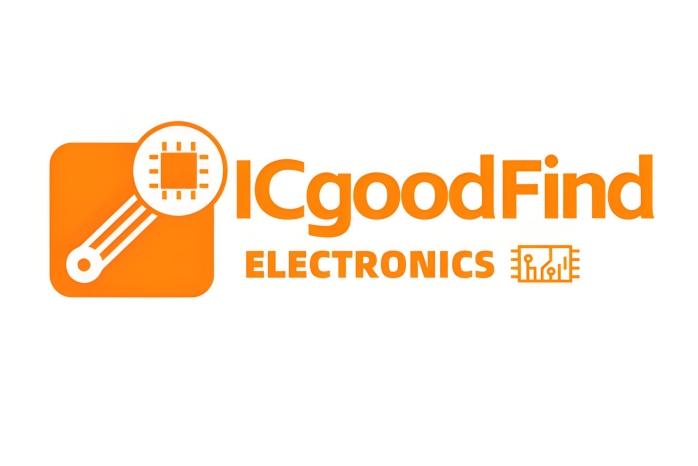**AD9953YSVZ: A Comprehensive Technical Overview and Application Guide**
The **AD9953YSVZ** from Analog Devices represents a pinnacle of integration and performance in the realm of Direct Digital Synthesizers (DDS). This device is engineered to provide fast frequency hopping and highly precise frequency and phase tuning, making it a cornerstone component in modern communication systems, test and measurement equipment, and sophisticated radar applications.
**Architectural Overview and Key Features**
At its core, the AD9953YSVZ utilizes a advanced DDS architecture that combines a 32-bit frequency tuning word, a 14-bit phase offset word, and a 10-bit output amplitude control multiplier. This integration allows for **exceptionally fine frequency resolution** and agile phase shifting capabilities. A standout feature is its **internal 400 MHz system clock**, which, when leveraged with its 32-bit accumulator, enables sub-hertz frequency resolution. The device includes an integrated 10-bit Digital-to-Analog Converter (DAC) that delivers a clean, full-scale sinusoidal output, significantly simplifying analog output circuitry design.
The serial I/O interface is optimized for efficient communication with a wide range of microcontrollers and digital signal processors (DSPs), facilitating rapid updates of frequency, phase, and amplitude registers. This is critical for applications requiring **ultra-fast frequency hopping** and precise modulation. Furthermore, its **1.8V core power supply** operation makes it suitable for power-sensitive portable and battery-operated systems.
**Typical Application Circuits and Design Considerations**
Implementing the AD9953YSVZ effectively requires careful attention to several design aspects. The quality of the reference clock is paramount; a low-jitter, stable clock source is essential to minimize phase noise and ensure spectral purity of the output signal. For the 400 MHz internal operation, an external crystal or a high-quality clock generator is typically used.
Power supply decoupling is another critical area. Designers must employ a robust strategy using a combination of bulk, tantalum, and ceramic capacitors close to the power supply pins to suppress noise and prevent spurious content in the output spectrum. The analog output (DAC_OUT) is a current source and requires an external operational amplifier configured as a current-to-voltage converter (transimpedance amplifier) to create a usable voltage signal. The choice of this op-amp and its feedback components will directly impact the output bandwidth and distortion performance.

For applications demanding the highest level of phase continuity during frequency hops, the device's **automatic linear sweep capability** can be programmed, eliminating the need for the host processor to calculate and update every single frequency step, thereby reducing the computational burden and interface traffic.
**Application Domains**
The combination of high speed, precision, and programmability opens doors to numerous advanced applications:
* **Software-Defined Radios (SDR):** Serves as a highly agile local oscillator (LO) for upconversion and downconversion stages.
* **Medical and Scientific Instrumentation:** Used in MRI systems, spectroscopy, and particle analyzers where precise frequency control is non-negotiable.
* **Automated Test Equipment (ATE):** Functions as a programmable signal source for stimulating devices under test (DUTs) and measuring their response.
* **Radar and Military Systems:** Its fast hopping speed is ideal for frequency-hopping spread spectrum (FHSS) systems and modern radar pulse generation.
**ICGOOODFIND**: The AD9953YSVZ stands as a testament to high-performance mixed-signal integration, offering designers an unparalleled combination of speed, precision, and flexibility for generating complex waveforms in demanding applications.
**Keywords**: Direct Digital Synthesizer (DDS), Frequency Agility, Phase Noise, Spectral Purity, Fast Frequency Hopping.
